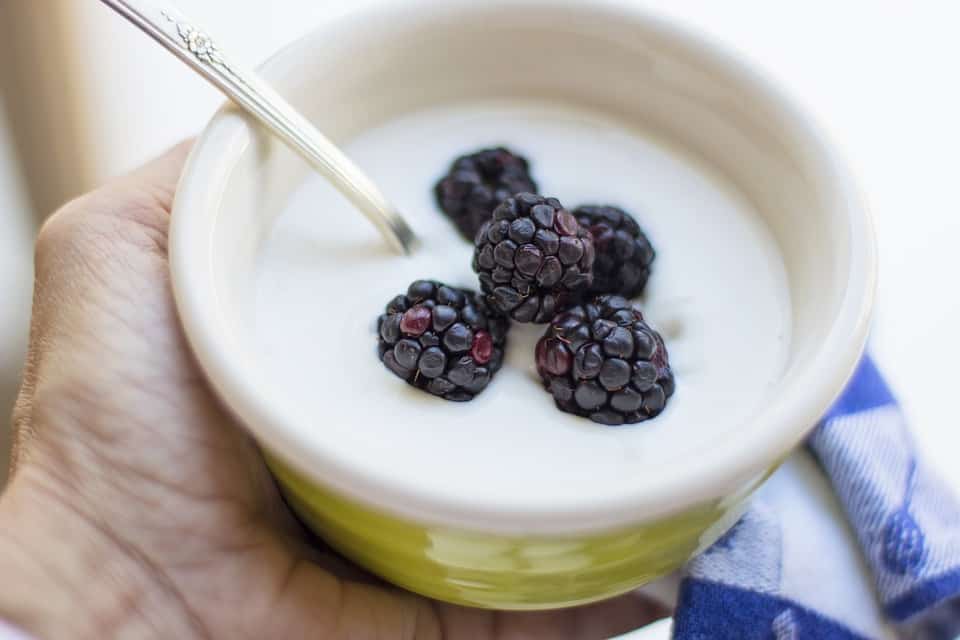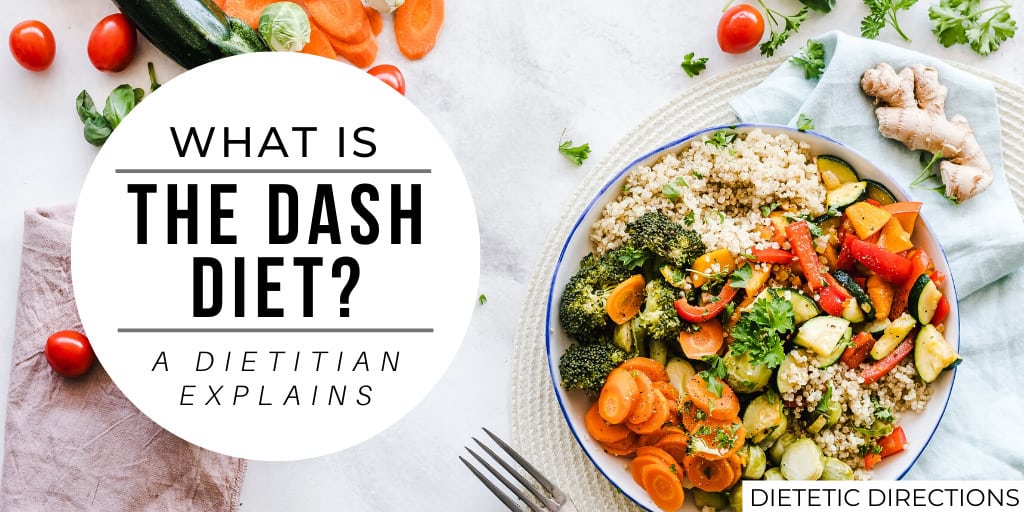
What’s the DASH Diet?
~A Dietitian Explains~
There are a multitude of diets; however, most are not science-based or proven effective in the long term. The DASH diet (Dietary Approaches to Stop Hypertension) is an effective, science-based diet for lowering high blood pressure. Today, we’ll take a closer look at high blood pressure and explore how the DASH diet can help.
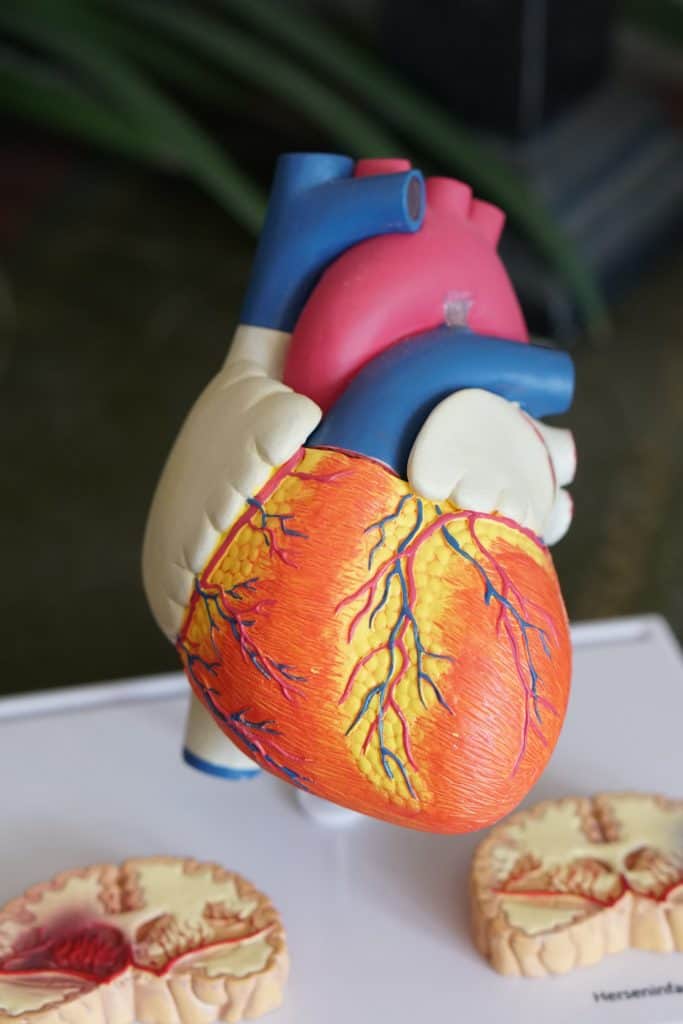
What Is The DASH Diet?
The DASH (Dietary Approaches to Stop Hypertension) diet is a long-term, therapeutic way of eating to prevent or lower high blood pressure. High blood pressure (aka hypertension) occurs when blood moves through arteries at a higher pressure than normal. This causes the heart to work harder and can lead to heart disease and stroke. For some, the DASH diet is used as a lifestyle intervention instead of taking blood pressure medication.
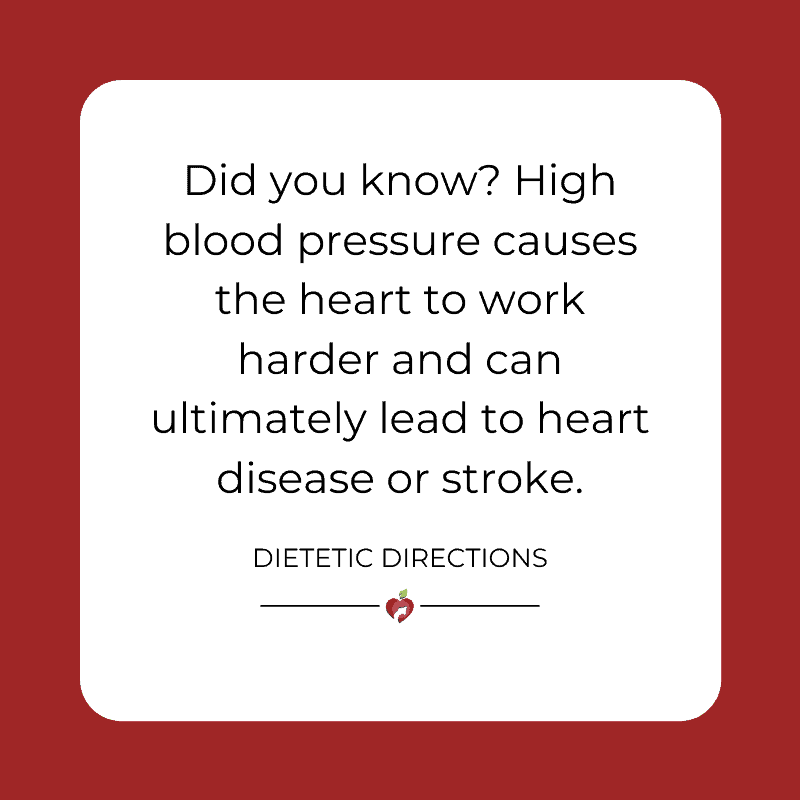
Research has found the DASH diet is effective in lowering the top number in your blood pressure reading (systolic blood pressure) in just a few weeks by eight to 14 points. Blood pressure was most reduced for those on the DASH diet who implemented a greater salt restriction (i.e., 1,500mg daily versus 2,300mg or 3300mg salt).
JACC, 2017
What Foods are Emphasized in The DASH Diet?
The DASH diet underscores the consumption of colourful vegetables and fruits, low-fat dairy, whole grains, nuts/seeds, beans, lean meats, fish and poultry. The DASH diet also has specific portion targets for each food group to boost heart-healthy nutrients like fibre, potassium, magnesium, and calcium, which have all been supported by research to help in lowering blood pressure. Transitioning to a DASH diet involves eating less processed foods and cooking more at home, can also decrease calorie, saturated fat, and salt intake.
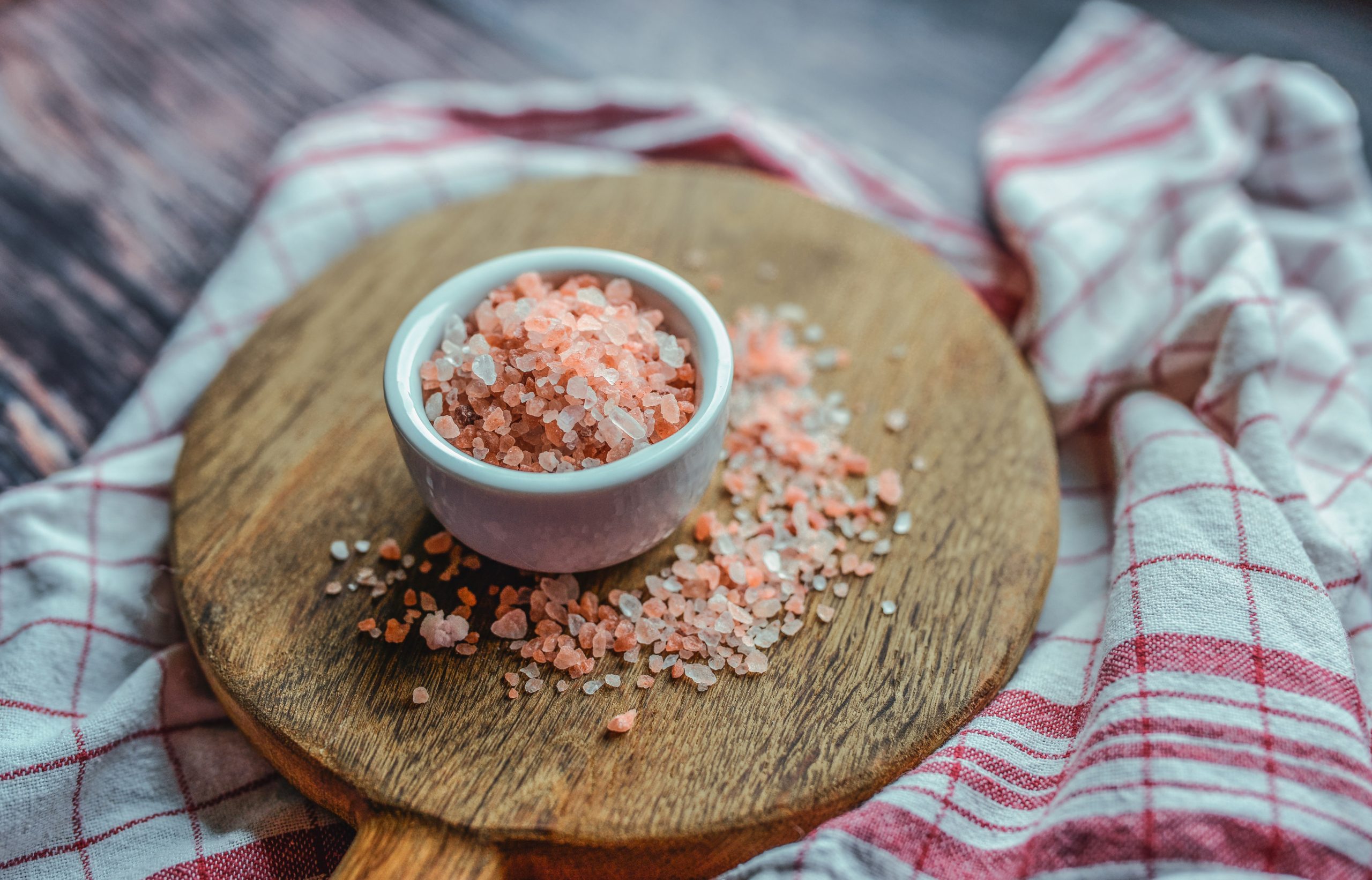
DASH Diet Daily Servings:
Vegetables (4-5 servings/day)
- One Serving = One cup of raw, leafy vegetables, ½ cup cooked vegetables.
- Dietitian Suggestion: Include two servings of fresh or frozen vegetables at lunch and dinner plus an extra for a snack to meet these requirements. You can visualize this requirement as having two handfuls of veggies at both lunch and dinner. This could also look like half your plate of veggies, as emphasized in Canada’s New Food Guide (click here to see a Dietitian’s Review on the Pro’s and Con’s).
- Emphasize veggie variety to increase consumption. For example, enjoy two different veggie types at meals. For instance, if you’re having salmon and rice we could add roasted asparagus and side spinach salad for our two servings and two different veggies.
- Why veggies? Veggies are full of fibre, antioxidants and vitamins and minerals like potassium and magnesium, which help blood vessels to relax, lowering blood pressure. Canadians often don’t meet recommended vegetable consumption recommendations.
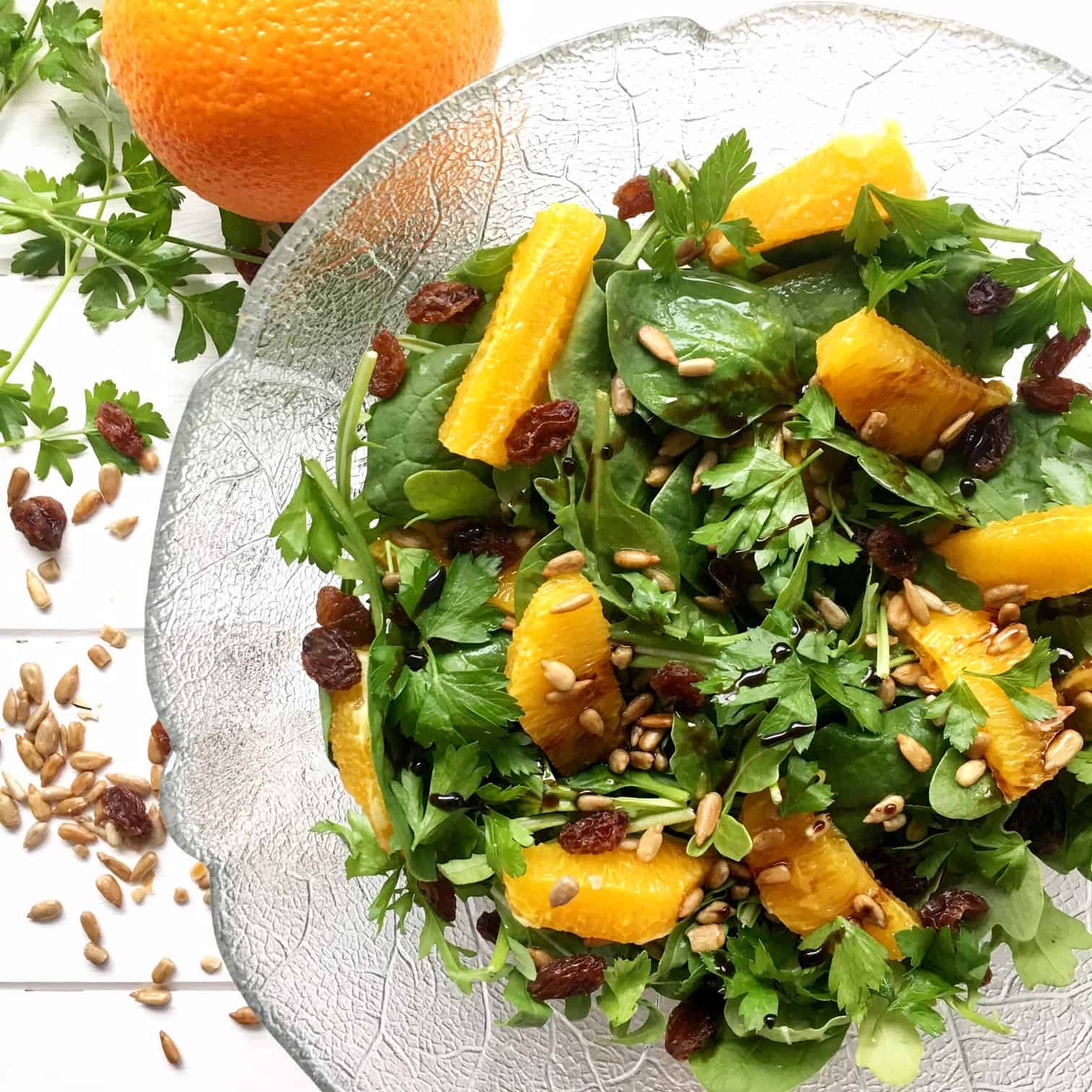
Fruits (4-5 servings/day)
- One Serving = one medium-sized fruit, a cup of grapes, ½ cup berries, ½ banana.
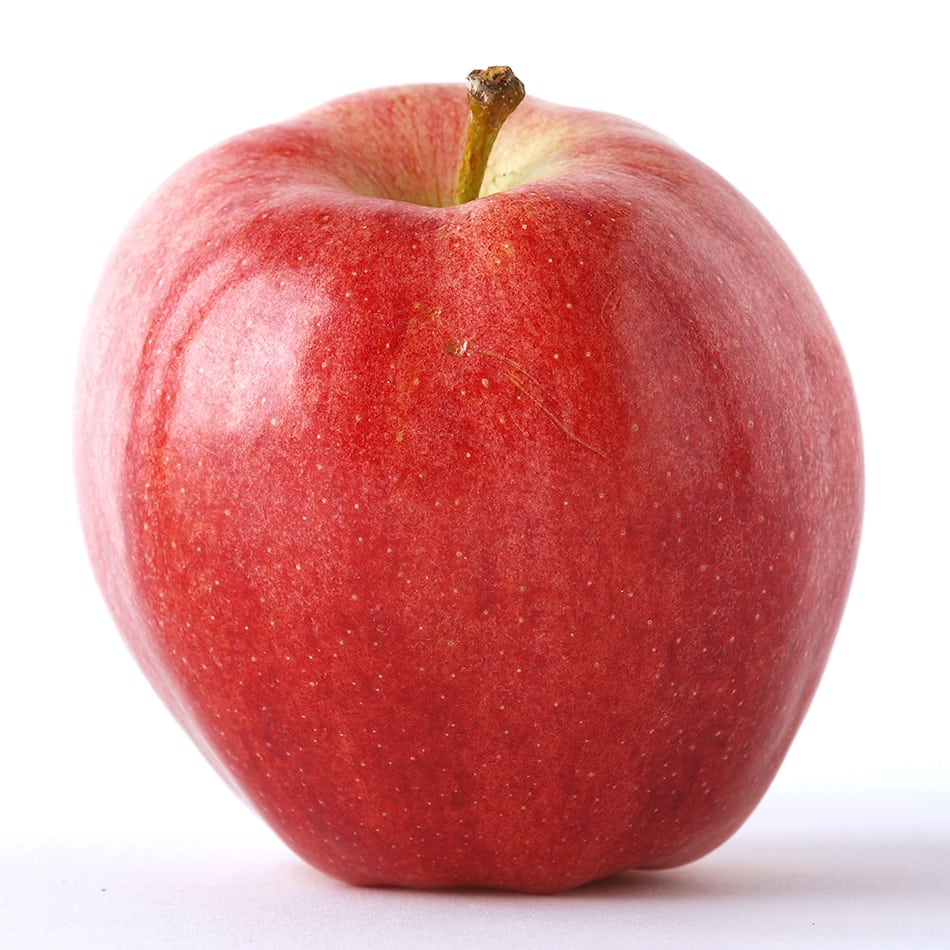
- Dietitian Suggestion: Add fresh or frozen fruit to breakfast, afternoon snack, with lunch and as a salad topper or dessert. I recommend clients keep a bowl of apples at work to visually encourage choosing them as a snack. Also, keep the fruit peels on when possible for added nutrition and fibre.

- Why fruits? Fruits are rich in fibre, potassium, and magnesium for lowering blood pressure and cholesterol.
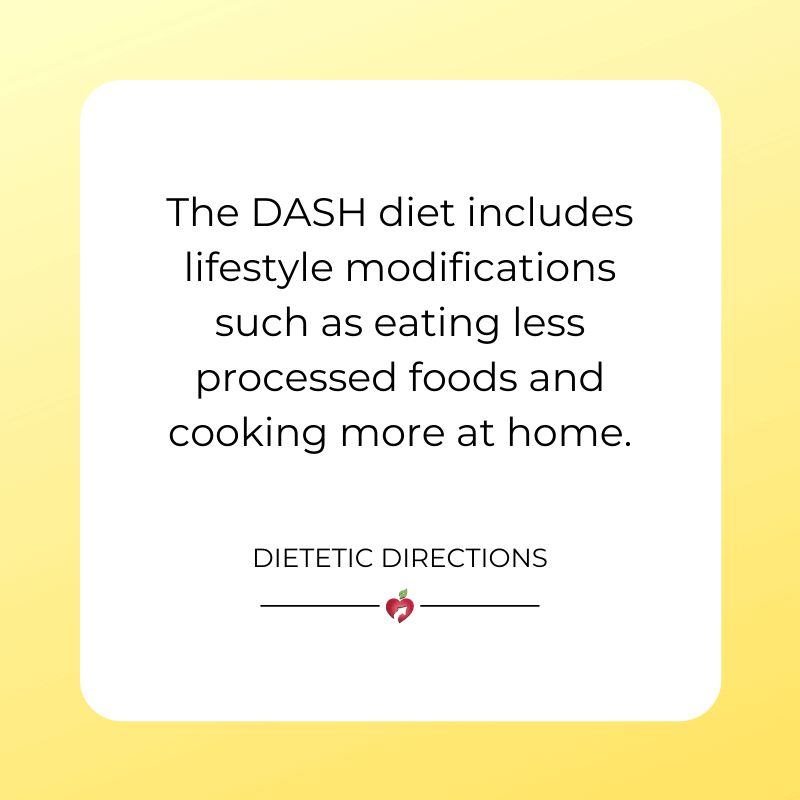
Grains (6-8 servings/day)
- One Serving = One small piece of whole-grain bread, ½ cup cooked pasta, quinoa, couscous, bulgur, rice, ½ pita or naan bread, ½ cup cooked oatmeal, etc.
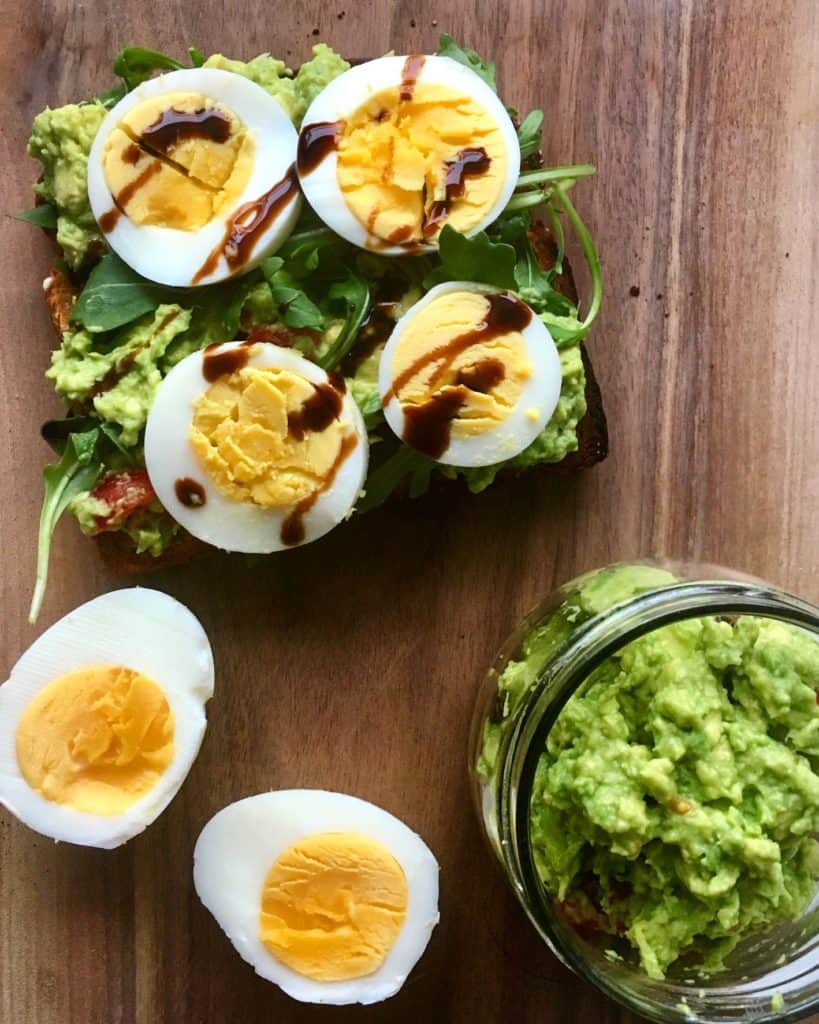
- Dietitian Suggestion: Include a whole grain at most of your meals and/or as a snack. Emphasize fibre-rich alternatives like whole grains and sprouted grain breads by comparing food labels for higher fibre.
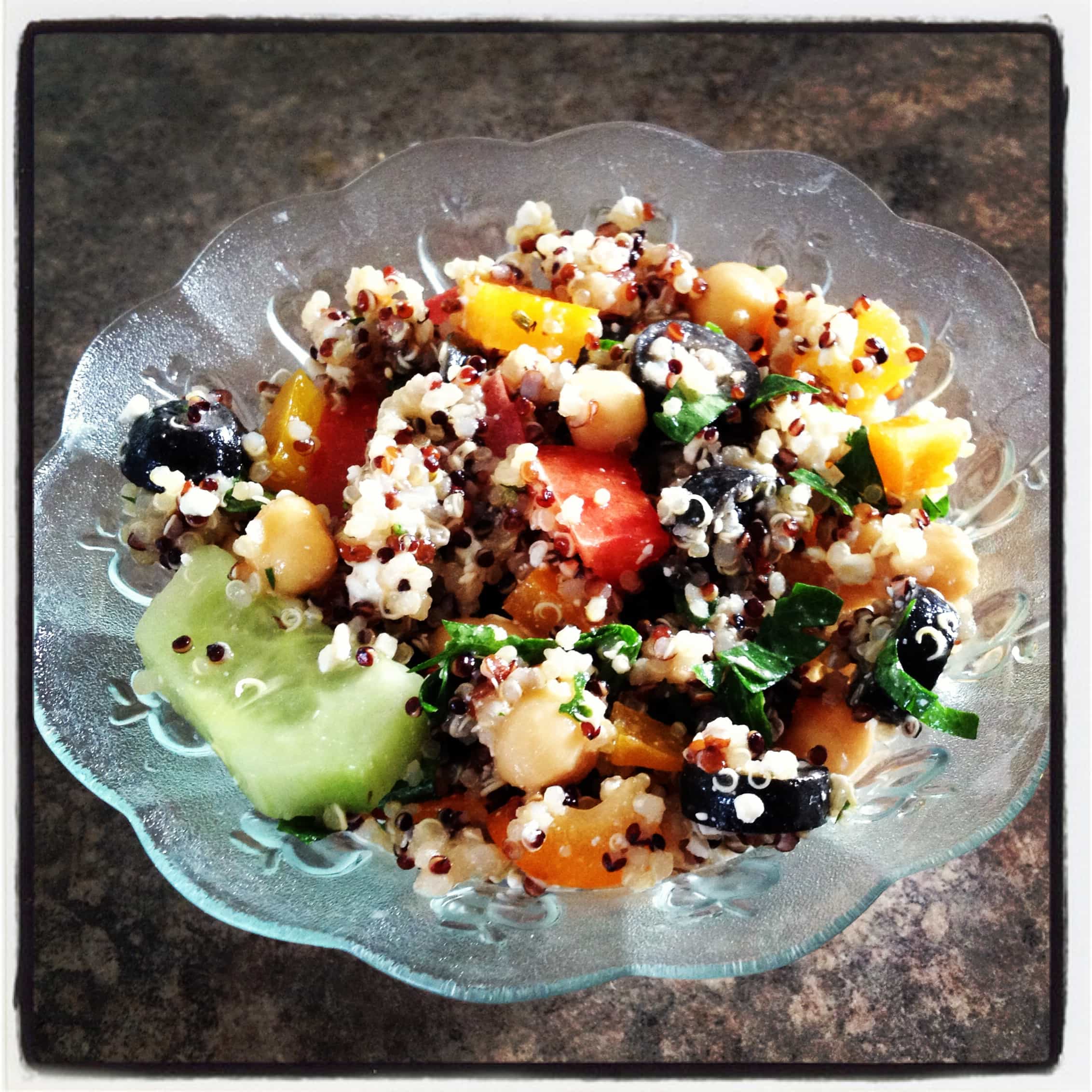
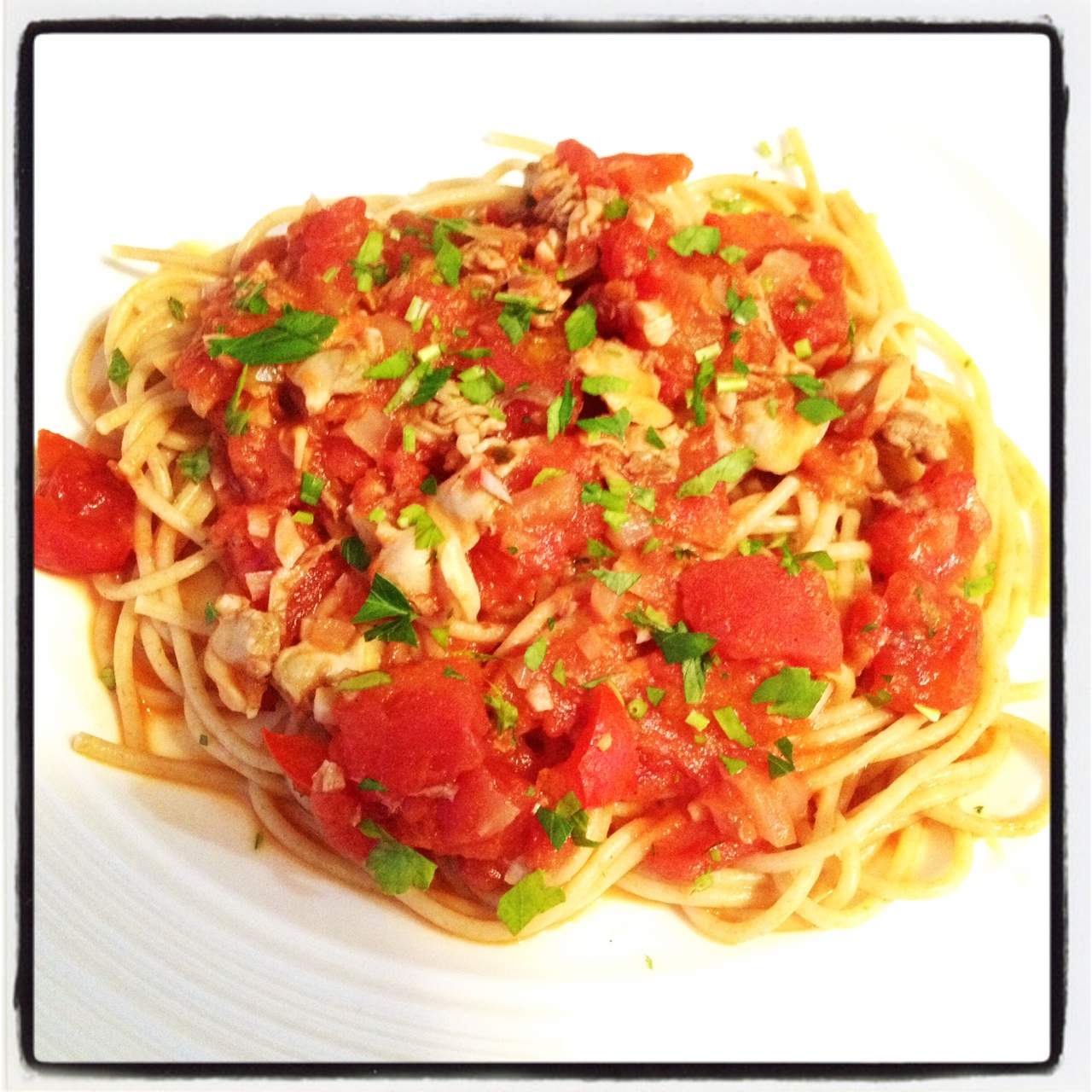
- Why whole grains? Whole grains boosts fibre and heart-healthy nutrients that are removed in processing refined grains. Fibre has been shown to be beneficial in reducing blood pressure.
Dairy (2-3 servings/day)
- One Serving = One cup of skim, 1% milk, soy milk or lactose-free, 1 cup yogurt, 1 ½ ounces of partly skimmed cheese.
- Dietitian Tip: Include dairy or alternative at breakfast, for a snack or with another meal to meet DASH targets. Try a smoothie, yogurt parfait with chia seeds and fruit or use plain yogurt instead of sour cream for dipping quesadillas or on taco night.
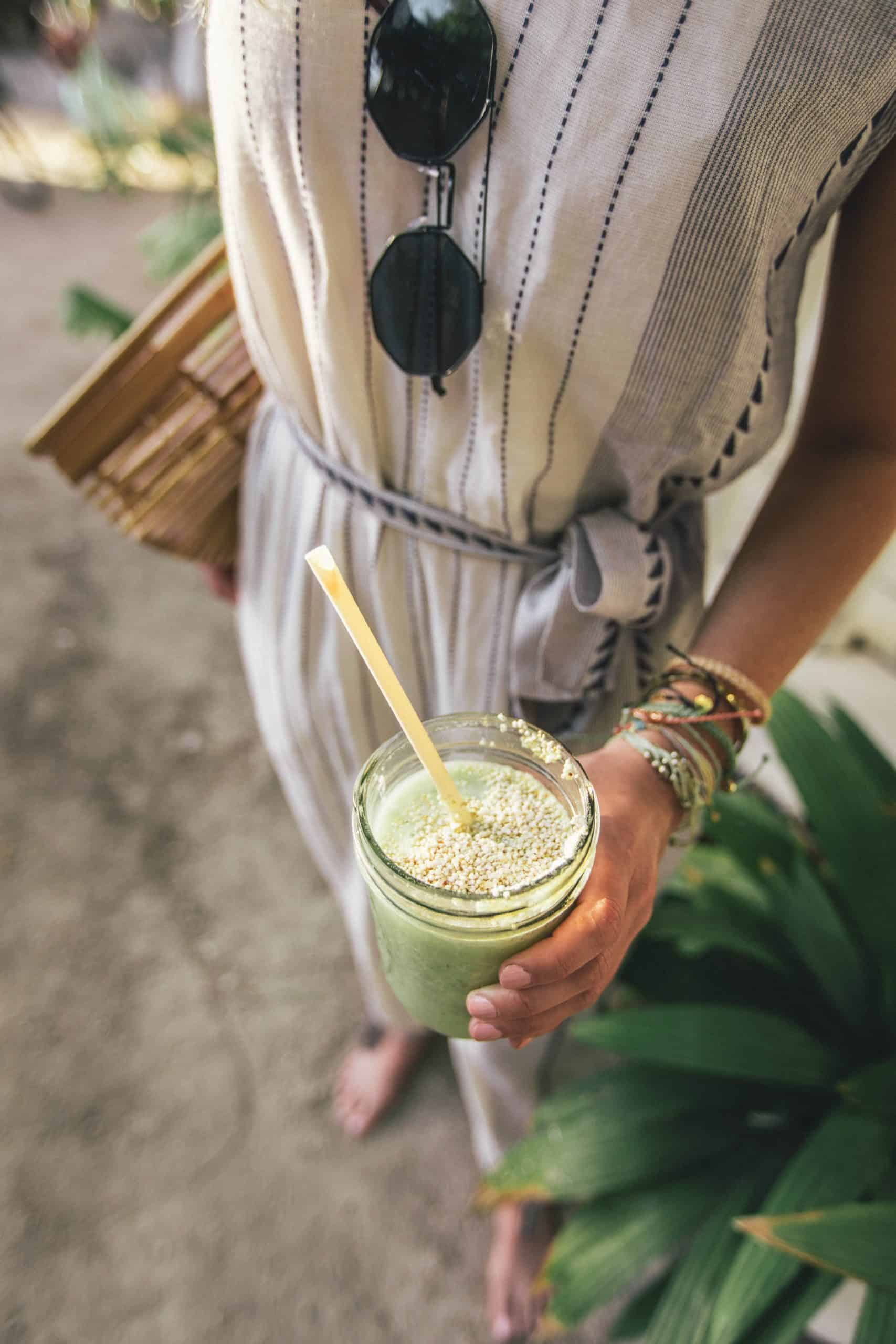
- Why dairy? Dairy products are sources of calcium, vitamin D, magnesium, and protein. Dietary calcium and magnesium can help decrease blood pressure and an emphasis on low-fat or fat-free foods is beneficial for heart health.
Lean Meat, Poultry and Fish (2 servings or less/day)
- One Serving = 3 ounces of cooked meat, poultry or fish.


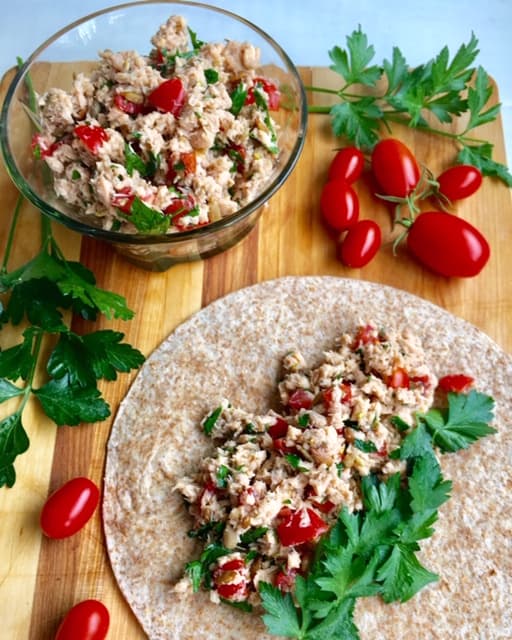
- Dietitian Tip: Include protein-sources at each meal. If vegetarian or vegan, opt for alternatives like tofu, tempeh, beans, lentils, etc. These are included in food section below as well.
Nuts, Seeds and Beans/Legumes (4-5 servings per week)
- One Serving = ½ cup cooked beans, lentils, chickpeas, 2 tbsp seeds, 3 tbsp peanut butter, 1/3 cup of nuts.
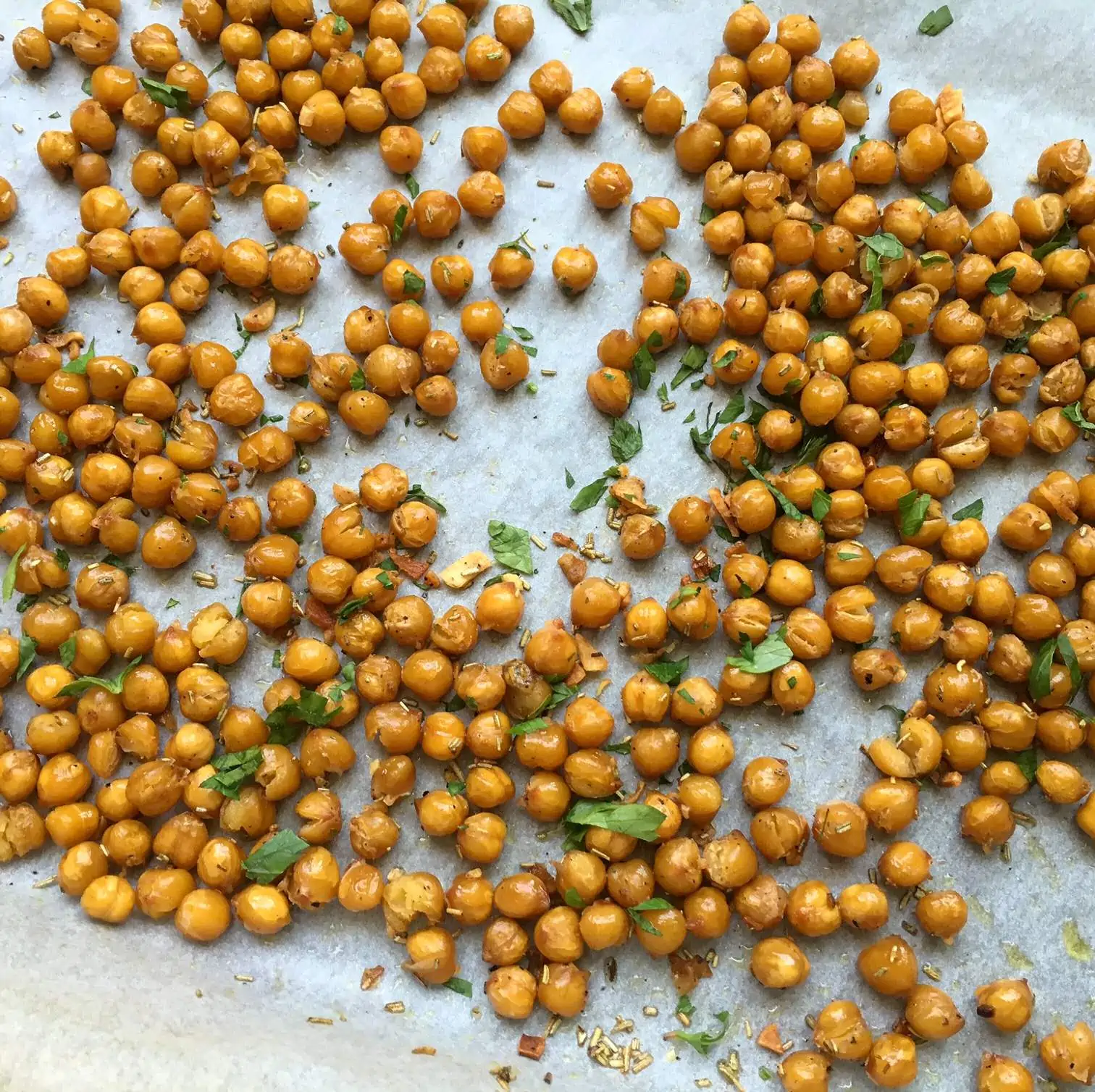

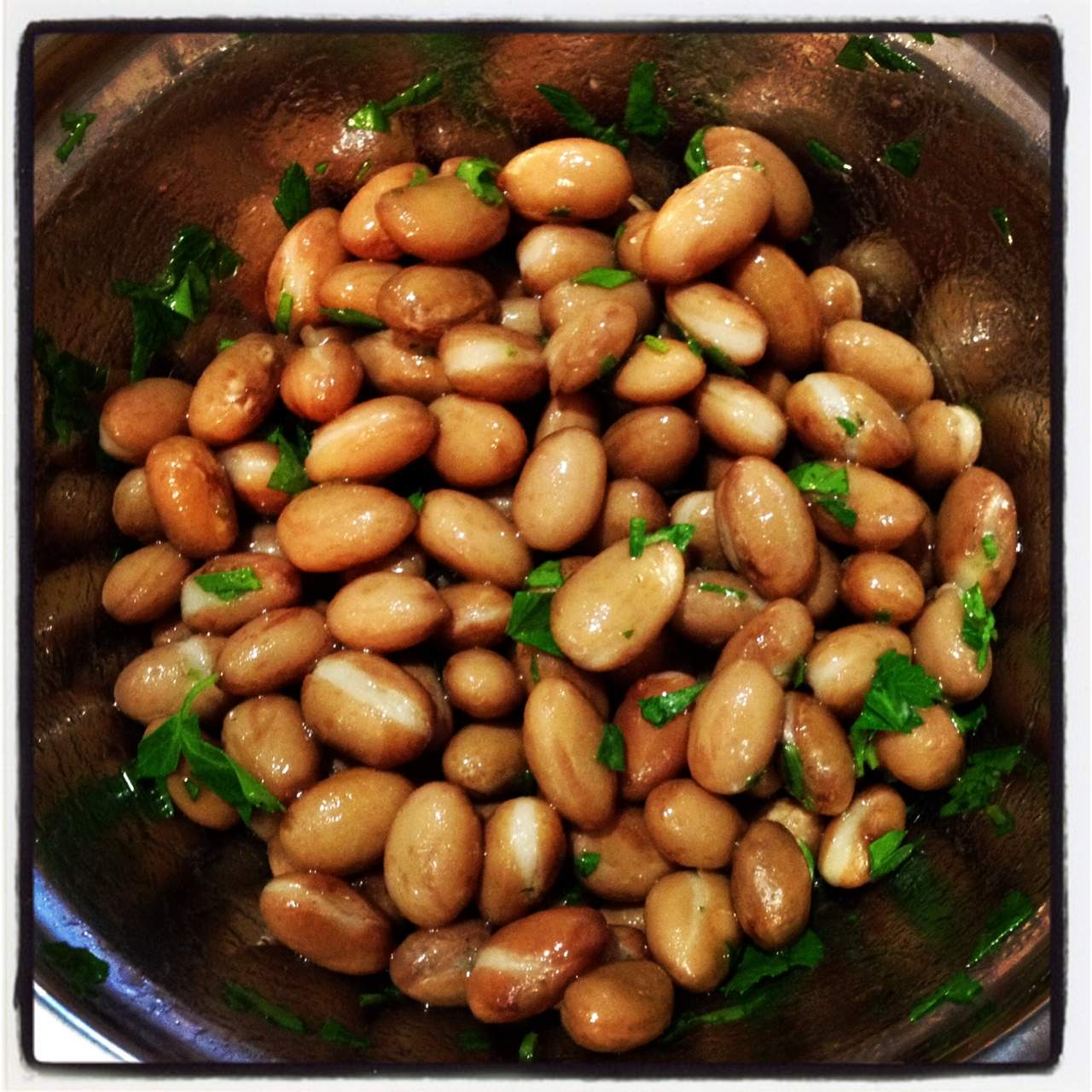
- Dietitian Tip: Enjoy almonds, pumpkin/sunflower seeds, black beans, lentils at your meals or part of a snack. Try roasted chickpeas for snack or salad topper. Add seeds on oatmeal or yogurt for a nutrition boost.
- Why nuts, seeds, beans, and legumes? They’re rich in fibre, healthy unsaturated fats and minerals like potassium and magnesium.
Fats and Oils (2 to 3 servings a day)
- One Serving = 1 tsp soft margarine, 1 tsp vegetable oil, 2 tbsp light salad dressing, 1 tbsp low-fat mayonnaise.

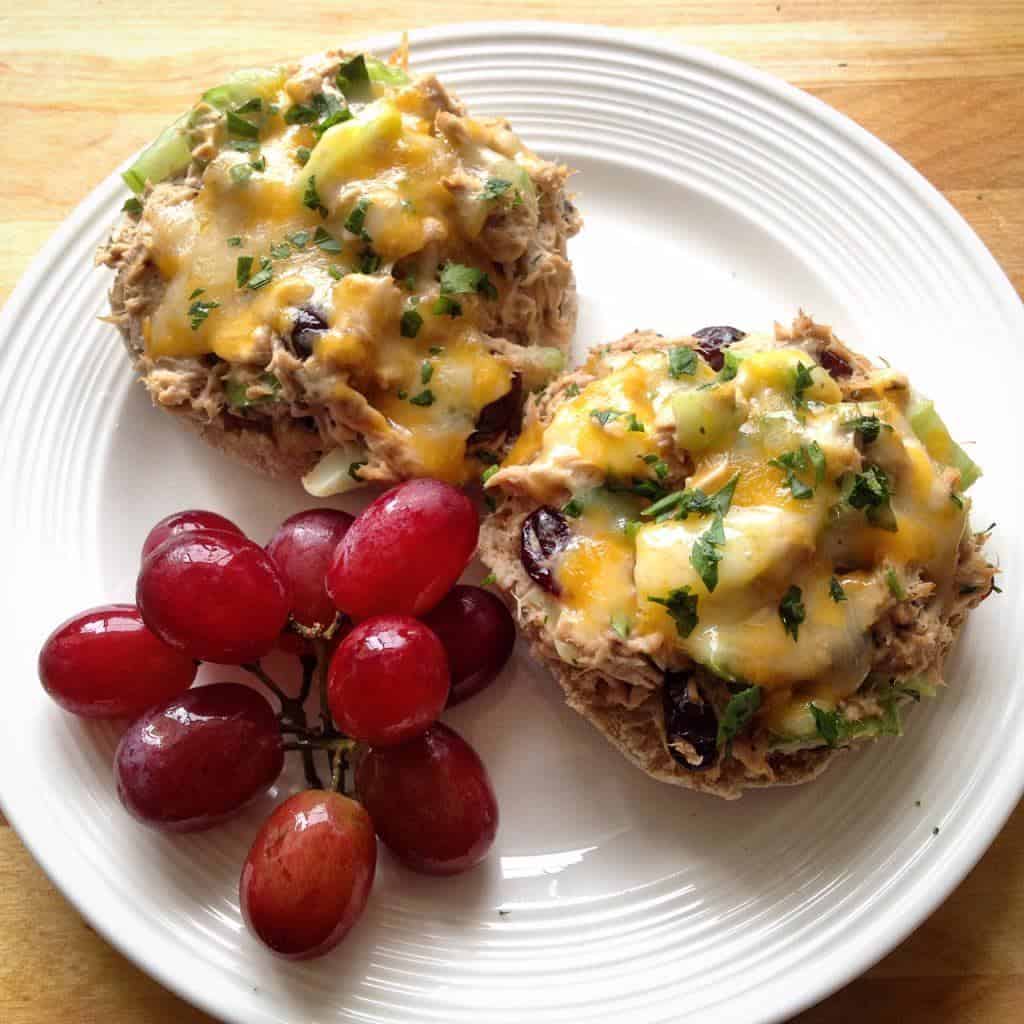
- Dietitian Tip: Cook at home using plant-based oils like olive oil or canola, which are monounsaturated (plant-based) fats as opposed to saturated fat or trans fats. Add oil to sauté vegetables or toss salads.
- Why fats? Fat helps our bodies absorb essential vitamins and supports our immune system.
DASH Lifestyle Additions:
- Be active 30 to 60 minutes most days of the week.
- If overweight, losing a modest amount of weight could lower blood pressure.
- Limit alcohol (if you drink) to no more than two drinks a day for men and one a day for women.
- Quit smoking.
- Monitor blood pressure.
- Limit added sugars.

Bottom Line:
The DASH diet is an effective and scientifically-proven diet to help in lowering blood pressure. This diet emphasizes colourful vegetables, fruit, low-fat dairy, whole grains, nuts/seeds, beans, lean meats, fish and poultry. It’s quite similar to the Mediterranean diet. Working with a dietitian can be helpful to come up with a balanced meal and snack ideas that fit within the dietary recommendations for managing your health.

Keep in mind that transitioning to a DASH diet involves eating less processed foods and often cooking at home. Nevertheless, this is just one option of many diets that can be adapted for lowering high blood pressure. Remember the very best diet is the one that can be sustained. Non-fad-diets and nutritionally balanced meals are key for sustainable dietary change. Finally, if considering modifying your diet, be sure to consult with your doctor and/or a dietitian for added support and encouragement.
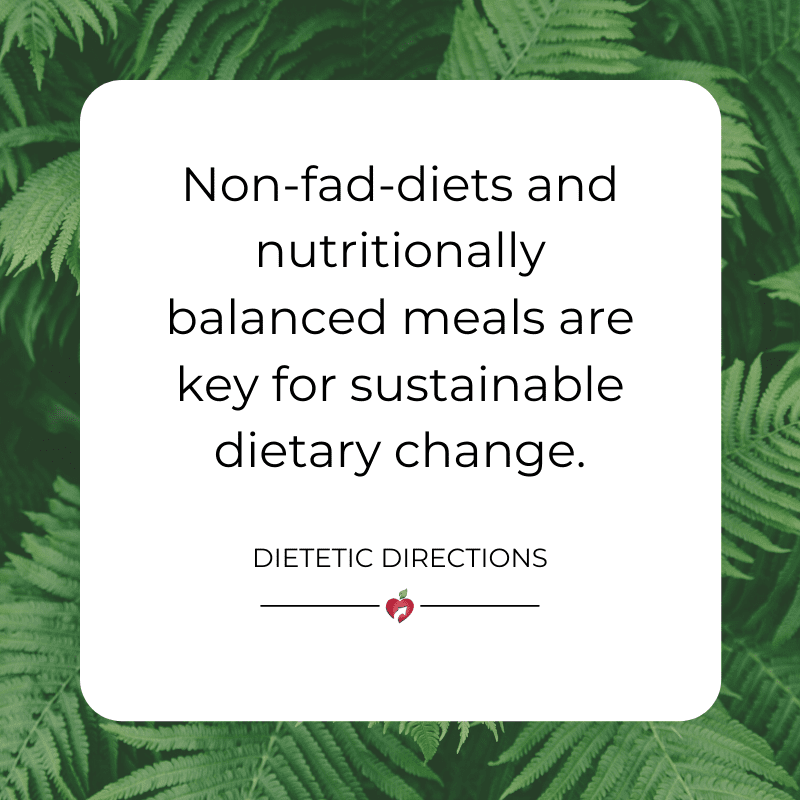
Now it’s your turn! Have you heard of the DASH Diet? What are some of your favourite foods that can help lower blood pressure? Or, what are some of your favourite dietary strategies for improving your health or vitality?


